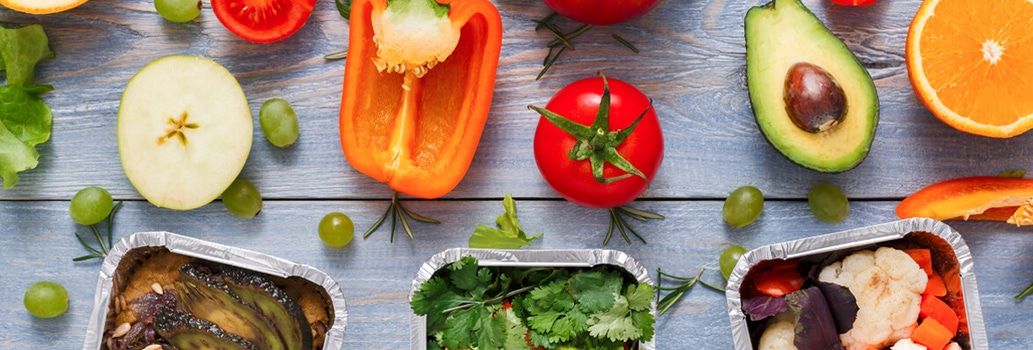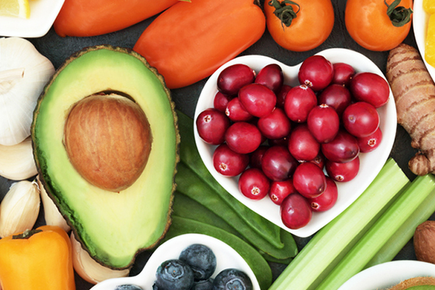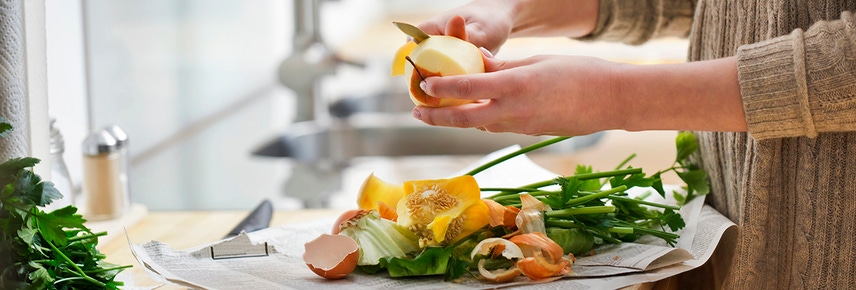
A beginner's guide to healthy meal prep
Long day? Mustering the energy to cook dinner is often the last thing you feel like doing. Enter meal prep – an easy, budget-friendly way to get organised for the week and have healthy meals ready-to-go.
As well as saving time and money, clever meal prep can help with weight control, improve your diet and reduce stress when it comes to deciding what’s for dinner.
With so many advantages, it’s no wonder meal prepping has a growing legion of loyal fans. However, knowing where to start can be daunting.
Dietitian Charlotte Moor has developed a step-by-step guide to help beginners with their first week of meal prepping.
- Start small: If cooking for a full week feels a little overwhelming, start with one dish that will help make the week’s meals quicker and easier. Our beginner’s tip is to roast up a tray of veggies on a Sunday and then use them to add to omelettes, hearty salads and nourish bowls throughout the week.
- Plan it out: When you’re ready to tackle a full week, planning is key. You’ll want to make sure your main meals include protein such as legumes, tofu, nuts/seeds (or lean meat or fish), wholegrains or starchy vegetables, and a source of heart healthy fats. A table or spreadsheet can be a really useful tool to map out your week of meals and make sure there’s a good balance. You can also account for nights you won’t be eating at home and look for ways to maximise dishes and ingredients across several days. Use this plan as the basis for your shopping list.
- Keep it simple: Use recipes that you know and love making – it will make it easier and quicker when you start off meal prepping and help to get you into the habit. Foods such as curries, veggie stews, and stir fries make great meal-prep meals as they hold their quality with refrigerating/ freezing and reheating. Foods that do not tend to reheat well include scrambled eggs, pastry and crumbed options.
- Multitask: Now for the cooking! Set aside some time and start preparing all your ingredients. While foods are frying or steaming on the stovetop, chop vegetables and fresh fruit, or wash greens for later in the week – this will cut the time you’re spending in the kitchen.
- Pack it: Split your daily lunches and dinners into containers so they are easy to grab and go, or freeze for later in the week. Aim to make up each meal with 50% non-starchy veggies (think carrots, broccoli, peas, salad etc), 25% carbs and 25% plant protein.
- Mix it up: Eating the same dishes for the week doesn’t need to be boring. Serve dishes like veggie ragus and curries with a variety of sides and bases – one meal with rice and another meal with zoodles. You can also give a base dish a tasty new twist by adding different fresh herbs or adding a different hero veggie like kumara or broccolini. Homemade sauces and mayos, like our deliciously easy-to-make macadamia aioli, are also handy to switch up the taste of nourish bowls and salads.
- Don’t forget your snacks: Pinwheels, bliss balls and muesli slices are great to prep in advance and freeze. This way they are ready-to-go when you need, but not so tempting that they’ll be gone before the week begins. Dips like hummus or cottage cheese are ideal for snacks and can double up as a tasty addition to meals. A DIY trail mix or a handful of nuts are always handy, plus don’t forget fresh fruit - no prep required!
Keep it safe: Once you have prepped your meals, you can keep them in the fridge for up to two days before eating. It’s a good idea to label your meals with the date you prepared them to keep track of when they need to be eaten. Also make sure that you reheat meals until they are piping hot – which means about 75OC.
Check out our delicious and nutritious recipes - perfect for meal prepping! Click here.

The latest nutrition advice, plus health and wellness tips delivered to your inbox monthly

